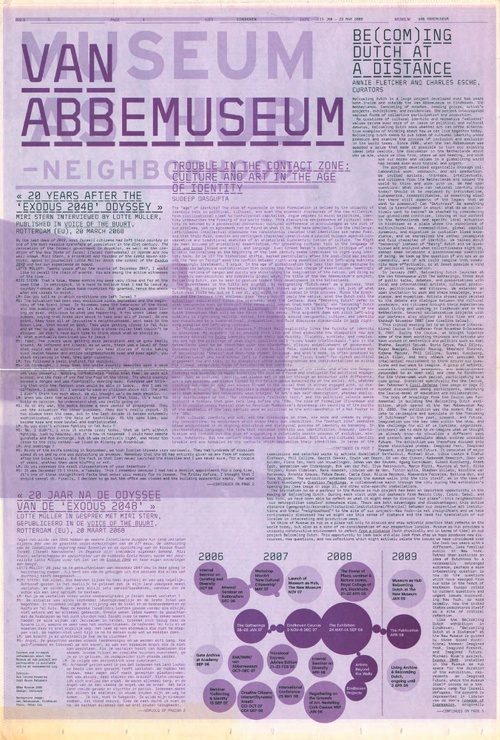Night School Public Seminar 12: Jan Verwoert
Why are conceptual artists painting again?
Because they think it’s a good idea.
A public seminar with Jan Verwoert
What is the future of medium-specific practices after Conceptualism? What is the future of Conceptual art after the 1990s?
How have the basic conditions of art practice changed and what words and models could we use to open up the potentials at the heart of these developments in art after Conceptualism?
The dominant models no longer satisfy. It makes no sense to melodramatically invoke the “end of painting” (or any other medium-specific practice for that part) when the continuous emergence of fascinating work obviously proves apocalyptic endgame scenarios wrong. Yet, to pretend it were possible to go back to business as usual seems equally impossible because the radical expansion of artistic possibilities through the landslide changes of the 1960s leave medium-specific practices in the odd position of being one among many modes of artistic articulation, with no preset justification. How can we describe, then, what medium-specific practices like painting or sculpture can do today?
Likewise, it seems, that we can still not quite convincingly describe to ourselves what Conceptual art can be: an art of pure ideas? As if “pure” idea art were ever possible, let alone desirable! An art of smart strategic moves and puns? We have advertising agencies for that. The social and political dimension of Conceptualism has been discussed, but often only in apodictic terms, not acknowledging the humor, the wit, the existential, emotional or erotic aspects, as well as the iconophile, not just iconoclast motives, that have always also been at play in the dialectics and politics of lifelong Conceptual practices.
The talk will start off addressing the conditions of contemporary practice. The idea is to invent a new language that would acknowledge a shared sense of crisis and doubt, yet fight the senseless paranoia over legitimation that too much bad-faith criticism today exploits in the wake of second-generation institutional critique together, through discussions that describe potentials. In other words: In response to the concerns of contemporary art practice, how could a critical vocabulary be developed that would break the spell of the oedipal infatuation with the laws of (institutional) legitimacy—and instead help to transform criticism into a truly gay science based on a shared sense of appreciation and irreverence?
Night School is an artist’s project by Anton Vidokle in the form of a temporary school. A yearlong program of monthly seminars and workshops, Night School draws upon a group of local and international artists, writers, and theorists to conceptualize and conduct the program. This month’s seminar is conceived by Jan Verwoert.
